As jurisdictions balance the need to redevelop “prime” Metrobus garage sites, new facilities are located in less desirable and cheaper real estate submarkets. That may sound like great business sense, but it has an impact on non-revenue (or “deadhead”) mileage, creating scheduling challenges and adding millions of dollars in additional operating costs to operate Metrobus service. This trend will increase into the future.
Today, Metro dispatches 1,634 buses for 315 bus routes from only nine bus garages spread throughout Virginia, the District, and Maryland. In a perfect world, Metrobuses would magically appear at the start of a bus route and no additional costs would be incurred. In reality, many bus routes begin far from their assigned bus garages, and travel long distances before they can begin service.
Excluding our two youngest bus divisions (both replacement divisions built in the last five years), the median age of our bus divisions is 61.5 years. These facilities need more than just tender loving care to keep up with today’s service demands. For example, older garages are not equipped to deal with modern buses (the 70-year-old Royal Street bus division was literally too short for modern buses). And only two garages, Four Mile Run in south Arlington and Bladensburg in northeast DC, are equipped to handle Metro’s 457 compressed natural gas (CNG) buses. So often times Metrobus needs new facilities despite the tantalizing prospect of simply refurbishing old ones. These new facilities fall under the category of “LULU” – Locally Unwanted Land Use. Many do not want to live near a bus division, but if the region wants bus service, we need bus garages.
So, bus divisions get pushed out farther and farther from central locations and the neighborhoods where the customers are. All sounds logical so far, except for the fact that the buses now need to travel further to start revenue service. All of this extra journey time simply to get from the division to the customer adds extra deadhead miles to each route. That deadhead is now starting to cost big bucks.
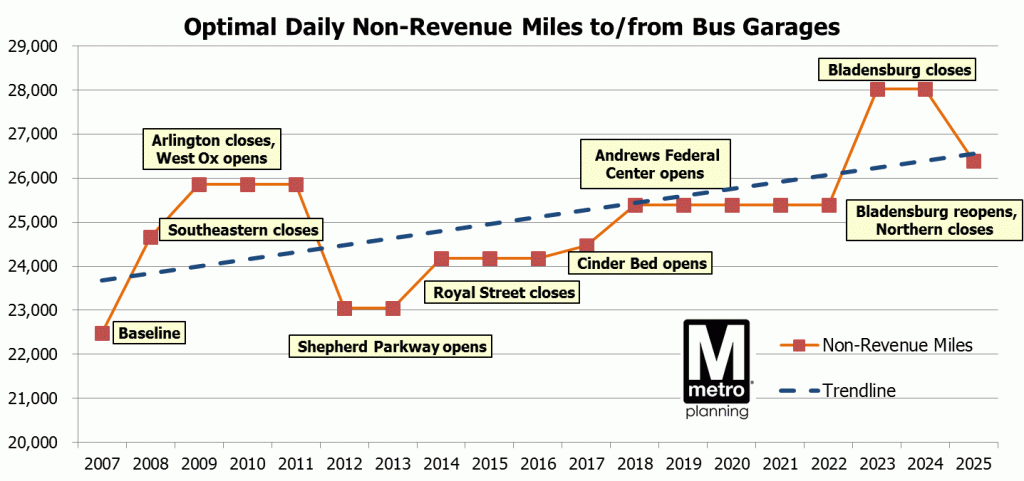
Since 2007, increased deadhead miles have added $5 million to the cost to operate Metrobus.
Since 2007, Metrobus’ total operating costs have increased $5 million to cover an increase of 1,700 daily deadhead miles. Closures of bus divisions have had a large impact on operations, steadily increasing daily deadhead miles from the 22,500 mile baseline. The 2008 closure of Southeastern Bus Division (now the Half Street Fairgrounds) as part of the Navy Yard/Nats Park redevelopment caused daily deadhead miles to jump nearly 2,200 miles. Most of the remaining DC garages and Southern were forced over their normal capacity limits, and some service was shifted to Montgomery Division. A year later, the World War II-era Arlington bus division closed and capacity was shifted to the new West Ox Division in Fairfax County. Shepherd Parkway Division opened in 2012, 4 years after its predecessor Southeastern closed, bringing overall deadhead miles about 600 miles shy of the 2007 baseline. Two years later, the Royal Street bus division in Alexandria closed, increasing miles once again.
Metro had intended to hold off closing the Royal Street bus division until after the opening of Cinder Bed Road. The project was substantially delayed to accommodate neighborhood concerns, and we were unable to mitigate the 1,127 mile increase in deadhead during the protracted delay.
The animated graphic below shows the change in deadheading between 2007 and current. Read more…



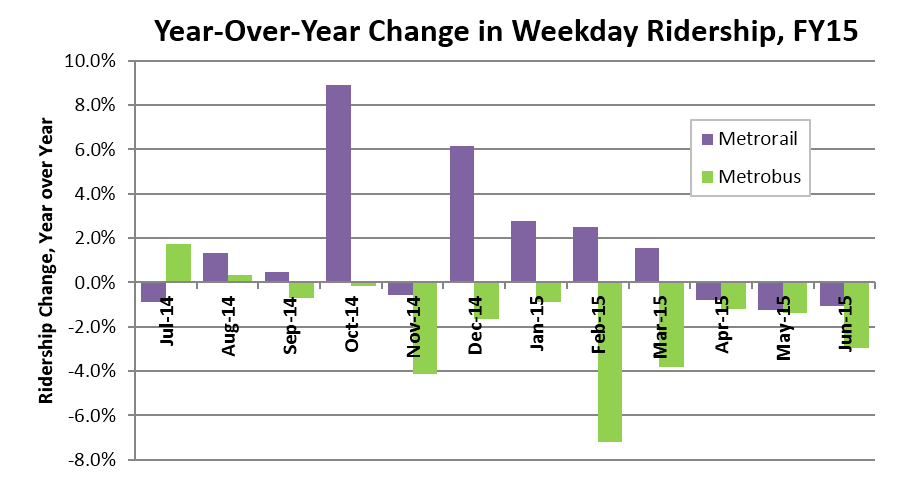



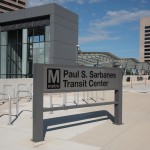
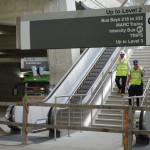
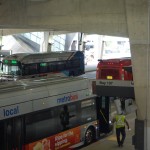
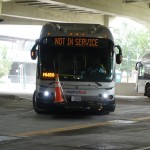
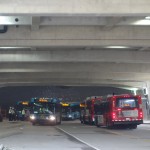
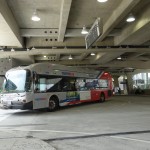
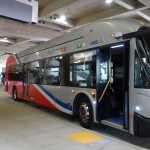
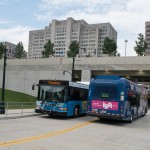
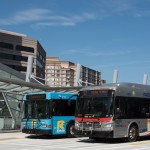
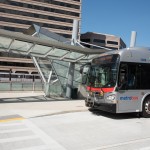
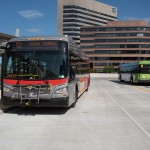
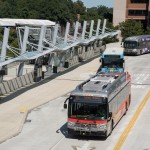
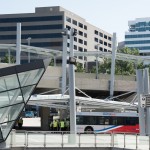

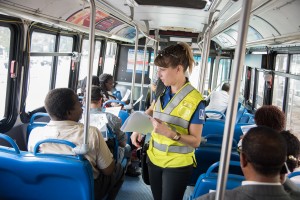
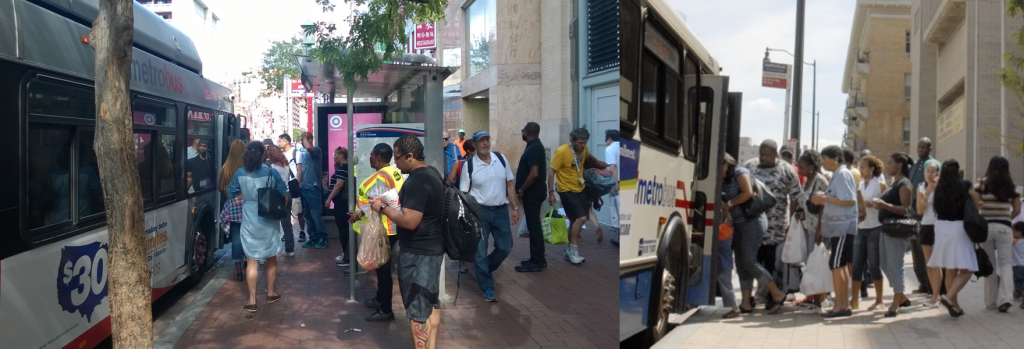


Recent Comments